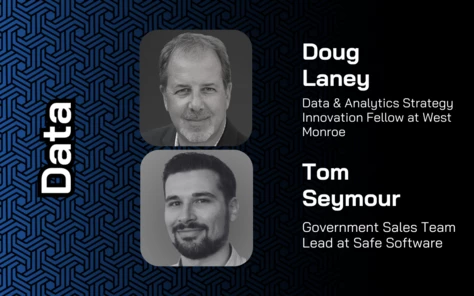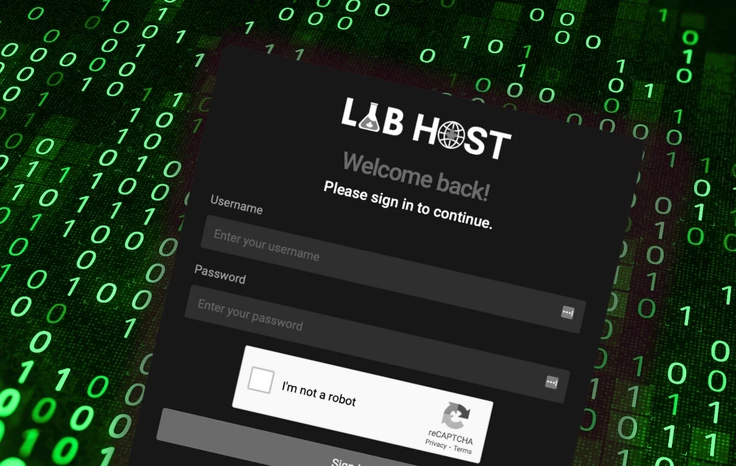What is Health Technology? Definition, Benefits, Challenges
How can AI-enabled security analytics protect enterprises?

While artificial intelligence (AI) has enabled better insights across the enterprise, few security teams have harnessed the technology's power. Despite this, AI-enabled security analytics has the potential to completely transform how organisations identify and respond to security threats.
Applying AI-enabled security analytics
According to a whitepaper from Micro Focus, threat detection is not just about deep learning or machine learning as we know it today. Instead, new analytical methods combined with new data types provide entirely new frameworks in which to analyse and act upon security threats.
It is therefore evident that analytics will have a profound impact on cybersecurity. Micro Focus insists that security analytics will emerge as a new field, which essentially applies "battle-tested algorithms and methodologies" to solve complex security problems.
The most common analytics currently involve predictive models, which ultimately allow us to identify risks in large amounts of data. In effect, predictive modelling combines "historical data with real-time behaviour."
As a result, companies can better understand or predict future behaviour. However, Micro Focus notes that predictive analytics is just one element of a much "larger puzzle" that can provide much more useful insight for security teams.
The ideal analytics paradigm
With this in mind, the ideal analytics paradigm combines intelligent sensor and ubiquitous data sources, such as desktops and servers, with multiple analytical approaches to behavioural and threat analysis. These includes forensic analysis, risk modelling, anomaly detection, as well as behavioural and response optimisation.
In effect, this means that enterprises can do far more than merely predict or identify a threat. Alongside advanced detection, it enables organisations to gain insight into how to respond more effectively to a threat.
While classes of analytics such as optimisation methods have not entered the realm of cybersecurity yet, they have immense potential. These techniques look at all the possible reactions to a security risk and determine the best response.
These methods can also help security teams identify a risk, find numerous ways to react, and determine the best response. In turn, this enables enterprises to maximise the containment of a particular risk.
Responding to increasingly complex threats
Considering the rapid rise and evolution of security threats, high response efficiency is absolutely crucial. While we have more data than ever before, we also have more compute power, better algorithms, and broader investment in technologies.
By harnessing these methods, companies can thus harness the power of their data and better protect themselves against emerging threats. As Micro Focus notes, AI-enabled security analytics is just getting started.
What security and fraud challenges might mobile operators encounter? Jon Arnold, Principal of J Arnold & Associates, spoke with Marie Casey and Ilia Abramov at Mavenir to find out

























